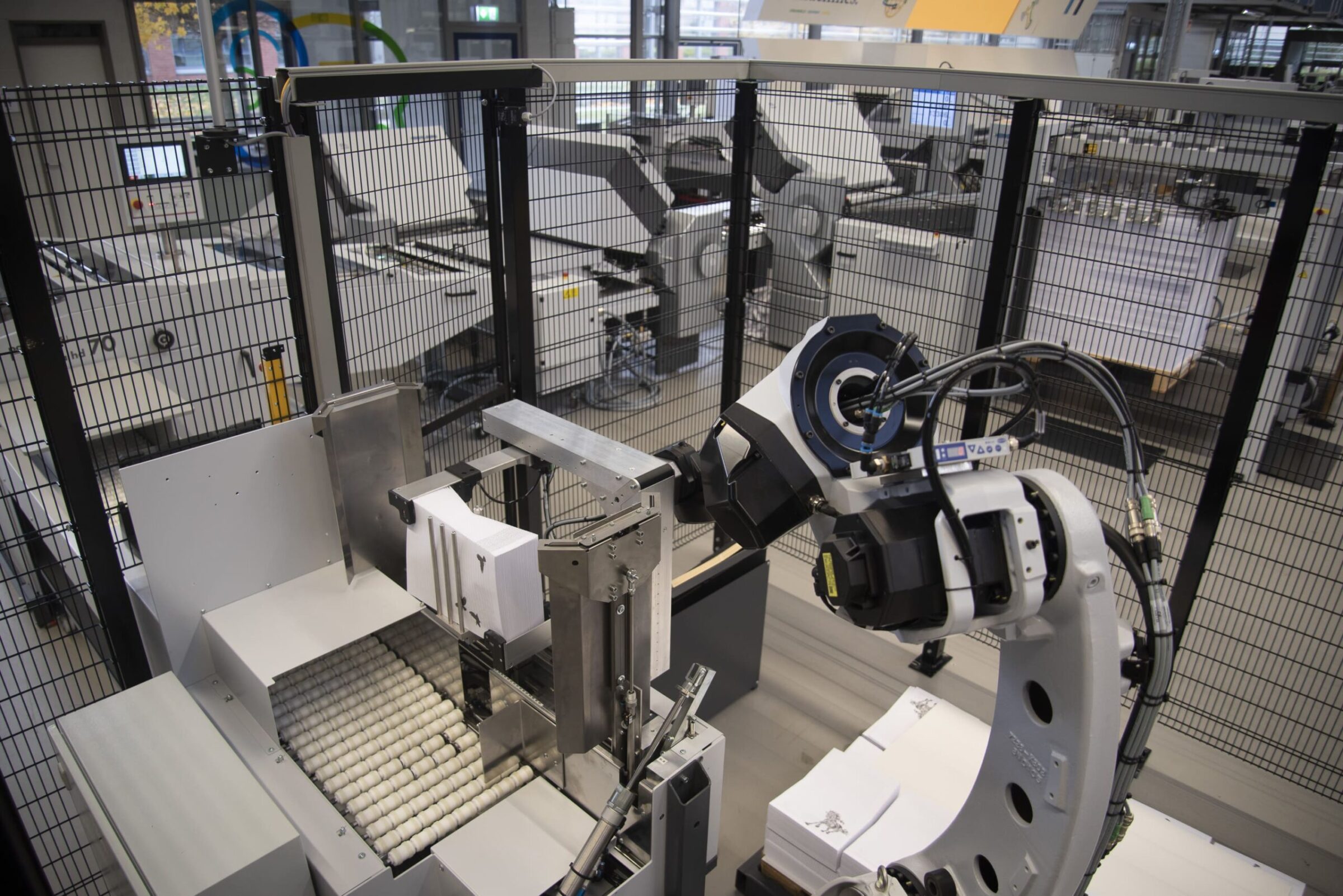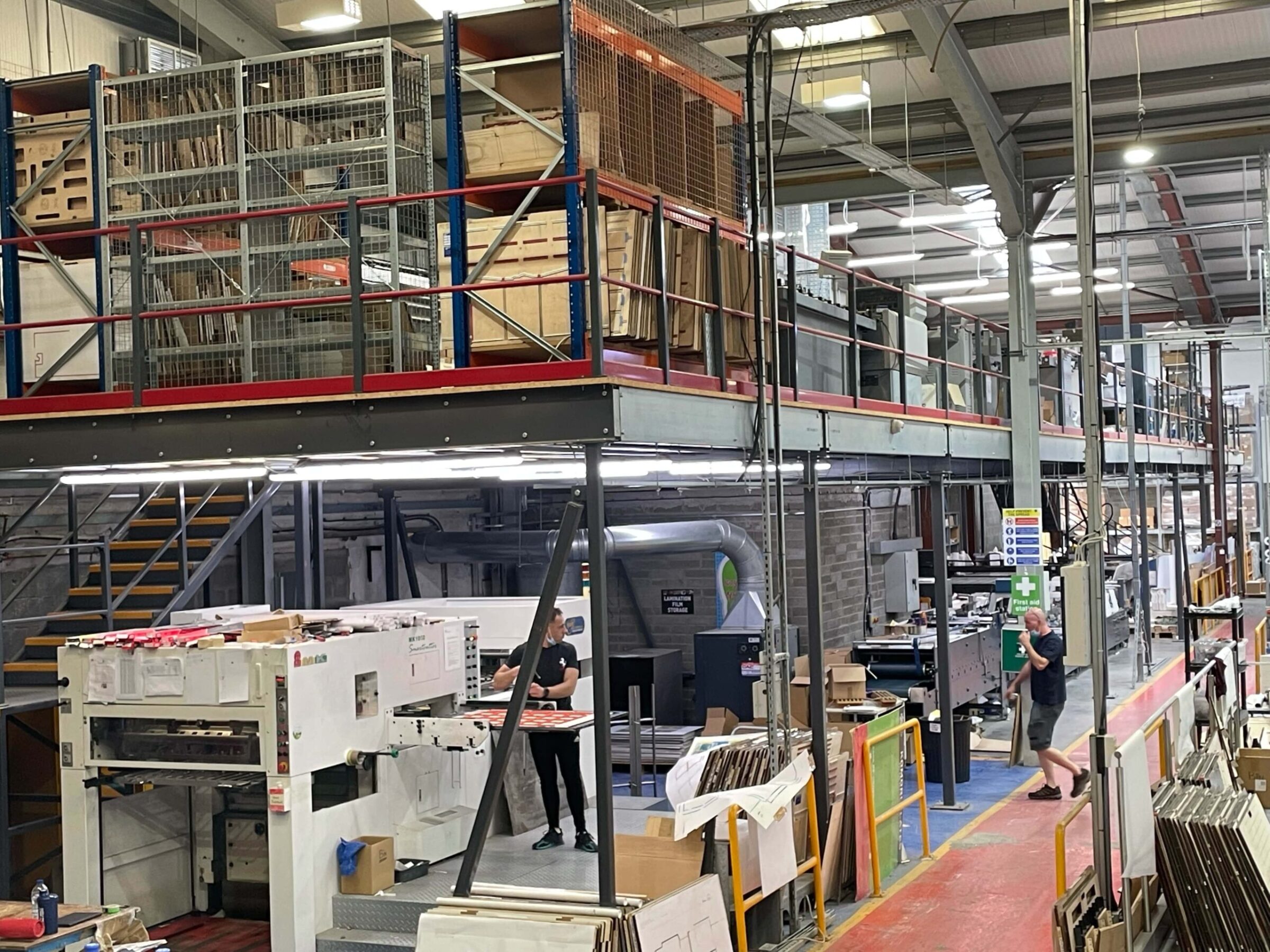Exclusive UK and Irish Mimaki distributor, Hybrid Services, has announced that the company’s new laminator – the Mimaki LA-160W that launched at FESPA 2018 – is now available for demonstration at its centrally located showroom.
Designed to complement the popular UCJV Series LED UV printer/cutters, along with other staple products from its sign and graphics ranges, the Mimaki LA-160W laminator is available at 158cm wide and is heat-assisted to a maximum temperature of 60˚C. This heat assistance improves overlaminate film adhesion, particularly to surfaces printed with UV curable inks and reduces the potential for the silvering effect created by pressure sensitive overlaminates.
“Thanks to their instant curing, LED UV inks tend to have a slightly uneven surface which can trap air bubbles during the laminating process, causing silvery specks that can take away from the appearance of the product,” says Hybrid’s Chief Operations Manager, Brett Newman. “Immediate finishing with the LA-160W gives a quick, easy and high-quality solution for the occasions when a protective overlaminate is required.”
The Mimaki LA-160W sports fast laminating speeds of up to 7.5m per minute and is simple to use, thanks to it containing all its functions on one control panel. It features convenient access to the pressure handle and foot pedal and a take-up reel enables one operator to control the entire process.
Designed specifically for use with LED UV curable inks and the new LA-160W laminator, Mimaki has also launched a dedicated film to ensure an integrated solution is provided. Mimaki Vision Laminate 310 Gloss film offers fine finishing with a glossy feel while maintaining the colour brightness of the print. This high quality, heat assisted overlaminate is also a cost-effective alternative to cold laminating films.
“The new laminator was very well received when we showed it at both FESPA and Sign & Digital UK,” concludes Newman. “We welcome sign and graphics professionals to our showroom to see how this very neat system can benefit their display graphics output.”







